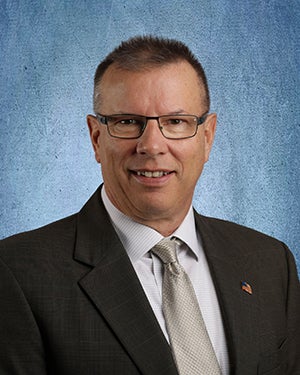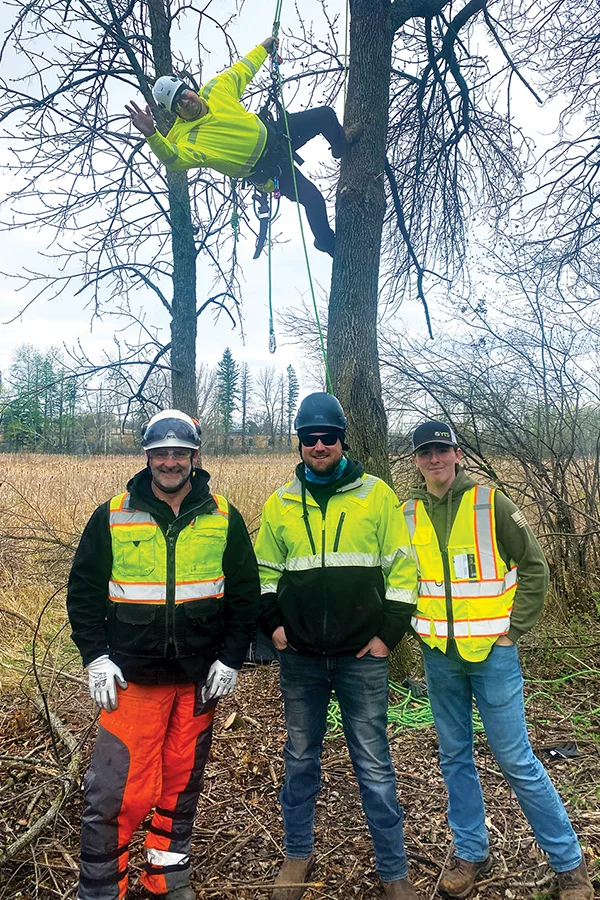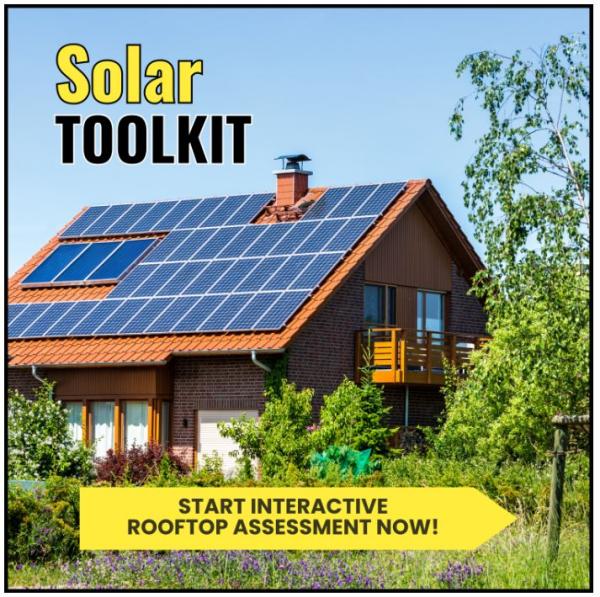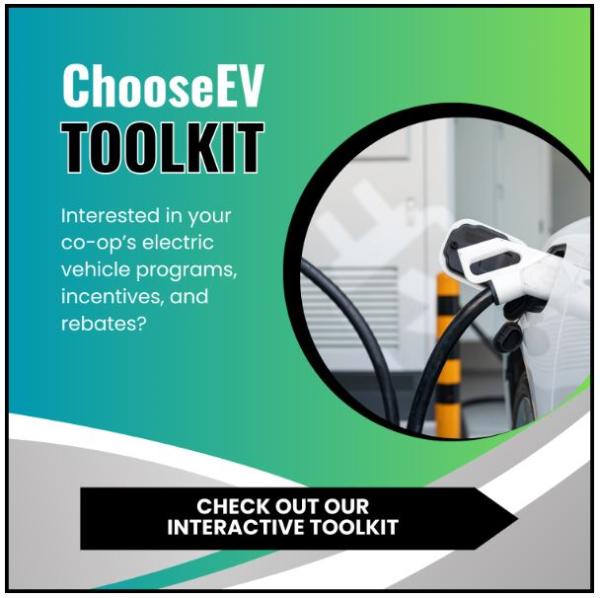
Under the moon's glow
In celebration of Pollinator Week, June 17-23, we want to highlight the unsung heroes of pollination: the mysterious and often overlooked nocturnal pollinators. We tend to think of pollination as a daytime event, but when the sun goes down, a whole other world comes alive and gets to work.
By far, the largest and most significant nighttime pollinator is the moth. With 381 species that pollinate nearly 47 different plant species, the moth is a master of its craft. In Minnesota, common moth species you may find are the Milkweed Tussock, feeding on milkweed alongside the monarch; as well as the Isabella Tiger moth (most recognizable in its Woolly Bear caterpillar form); and the White-lined Sphinx moth which more closely resembles a hummingbird and can hover mid-air while feeding on nectar.
Another mini but mighty nocturnal pollinator is the firefly. It’s actually not a fly at all—but a species of beetle that uses bioluminescence to create a magical lightshow to find a mate. Their diet consists mainly of pollen and nectar and they play an important role in the propagation of many flowering plants.
Populations of fireflies, along with moths and other nocturnal pollinator species, are on the decline. Light pollution and loss of habitat are leading contributors to this decrease. Here at ECE, we offer outdoor lights that are “Dark Sky compliant.” Shields on the lights restrict the amount of upward-directed light which reduces confusion and harm for many nocturnal animals.
How can you help our nocturnal pollinators?
- Create a “moon garden” by planting lighter colored and heavily fragrant night-blooming plants like evening primrose or the Casablanca lily.
- Provide vegetation for adult fireflies to seek shelter during the day and mow your lawn less often, as they often rest near the ground.
- Reduce the use of pesticides, especially near pollinator habitat.
- Minimize the use of outdoor lights, choose warmer lighting, and close curtains at night.
 After 25 years of serving our members, District 4 Director Joe Morley has chosen to step down from the board to pursue other opportunities. He has been a beacon of integrity and a champion for the cooperative's mission. He’s left a lasting mark on our organization, and we are immensely grateful for his contributions. While we miss Joe's presence on the board, we wish him the very best!
After 25 years of serving our members, District 4 Director Joe Morley has chosen to step down from the board to pursue other opportunities. He has been a beacon of integrity and a champion for the cooperative's mission. He’s left a lasting mark on our organization, and we are immensely grateful for his contributions. While we miss Joe's presence on the board, we wish him the very best!
 Back in April, Earth Day and Arbor Day occurred in the same week. Your co-op spent Earth Day in Rush City at the annual GreenStep Expo, connecting with members and sharing trivia facts. At the end of that week, we celebrated Arbor Day in Braham. The last few Arbor Days have been cold, windy, and drizzly—and this year was no exception.
Back in April, Earth Day and Arbor Day occurred in the same week. Your co-op spent Earth Day in Rush City at the annual GreenStep Expo, connecting with members and sharing trivia facts. At the end of that week, we celebrated Arbor Day in Braham. The last few Arbor Days have been cold, windy, and drizzly—and this year was no exception.
The Forestry team set up stations for students to visit. At their first stop, students were asked to help plant two flowering crabapple trees and learned safe planting tips (like calling 811 before doing any digging). They enjoyed taking turns shoveling dirt, making mud with buckets of water, and sprinkling chips around the tree bases.
 Next, arborists from YTS Companies, one of our tree contractors, demonstrated how they safely climb for tree work. Each class laughed and cheered as “Spiderman” performed acrobatic tricks on his climbing rope. Our employees also wowed the kids with ECE’s drone, which was larger and louder than they expected.
Next, arborists from YTS Companies, one of our tree contractors, demonstrated how they safely climb for tree work. Each class laughed and cheered as “Spiderman” performed acrobatic tricks on his climbing rope. Our employees also wowed the kids with ECE’s drone, which was larger and louder than they expected.
The final station was set up inside, where we used our tabletop safety demo to highlight the importance of playing safely near electrical equipment. Gasps were heard with every zap and spark.
Students were thrilled to go home with ECE backpacks filled with pollinator information, Emerald Ash Borer cards, reusable water bottles and lunch boxes, plus Emerald Arborvitae saplings. Thanks for welcoming us, Bombers!
Interested in a free safety presentation for your school, business or community group? Email your request to [email protected] to request a presentation.
Thinking about choosing solar energy for your home? Consider these 5 factors when making your decision.
Navigating the unique world of renewables can be challenging, even for experienced professionals. With so much misinformation circulating, not to mention shady scammers, it becomes extra important that we educate our members.
We’re excited to share two additions to ECE’s website: interactive electric vehicle and rooftop solar toolkits! The platforms are sponsored by our power supplier, Great River Energy, and were designed specifically for our service area and even include our kWh and buy-back rates.


Solar energy is a hot topic right now. It’s also controversial. As stewards of your community's energy future, ECE is always looking for better ways to use renewable energy sources fairly and wisely.
Recently, grant opportunities have caused ECE to look at ways we can invest in cost-effective renewable solutions. Utility-scale solar projects hold immense promise, offering clean energy solutions on a larger scale.
But there's a problem. In Minnesota, the rules about how we handle residential solar power can make things difficult—and expensive—for co-ops like ours. Right now, if someone has solar panels at home, they can sell their extra electricity back to ECE at the same price we sell electricity to them. This is called “retail net metering,” and it can make it tough for us to make enough money to keep the company running smoothly.
We really appreciate our members who are trying to use more renewable energy, but to be frank, the way things are set up now isn't fair for everyone. ECE members with solar are paid an amount that exceeds the value of the energy component they are providing. Don’t get me wrong or think ECE is against solar! We’re fully committed to finding balanced solutions that honor those who want to reduce their carbon footprint…while ensuring the long-term sustainability of our cooperative.
How do we address this issue? Well, we’re speaking to policymakers to explore alternative regulatory approaches to solar integration. Without changes in state legislation, we will likely need to consider future rate adjustments using fixed charges to collect those costs. By fostering open dialogue and collaboration, we can actively work toward a more resilient and sustainable energy future.
If you are considering solar, please contact ECE. We’re happy to help with the size of your potential system and offer advice about navigating solar contracts.
Even though there are challenges, we remain committed to serving our members with fairness and respect. Together, we can embrace renewable energy in a manner that promotes both equity AND affordability.
At your service we remain,
Justin
Low levels of A/C (alternating current) voltage on the grounded conductors of an electrical wiring system are a normal and unavoidable consequence of operating electrical equipment. This voltage, sometimes called stray voltage, is referred to as neutral-to-earth voltage (NEV) when it can be measured between two objects which may be simultaneously contacted by livestock.
If you suspect NEV or other electricity related issues, such as low voltage, electromagnetic fields, or power quality concerns, contact us. We have qualified employees who can answer your questions and investigate any suspected problems.
Please note: if a person feels an uncomfortable tingling sensation, the condition is probably not NEV but a serious problem with your wiring system or faulty equipment. This situation requires immediate attention and an electrician should be contacted to investigate and correct the problem.

